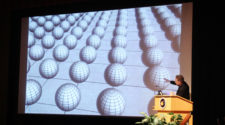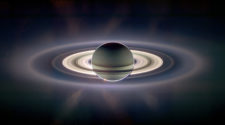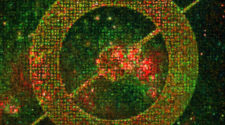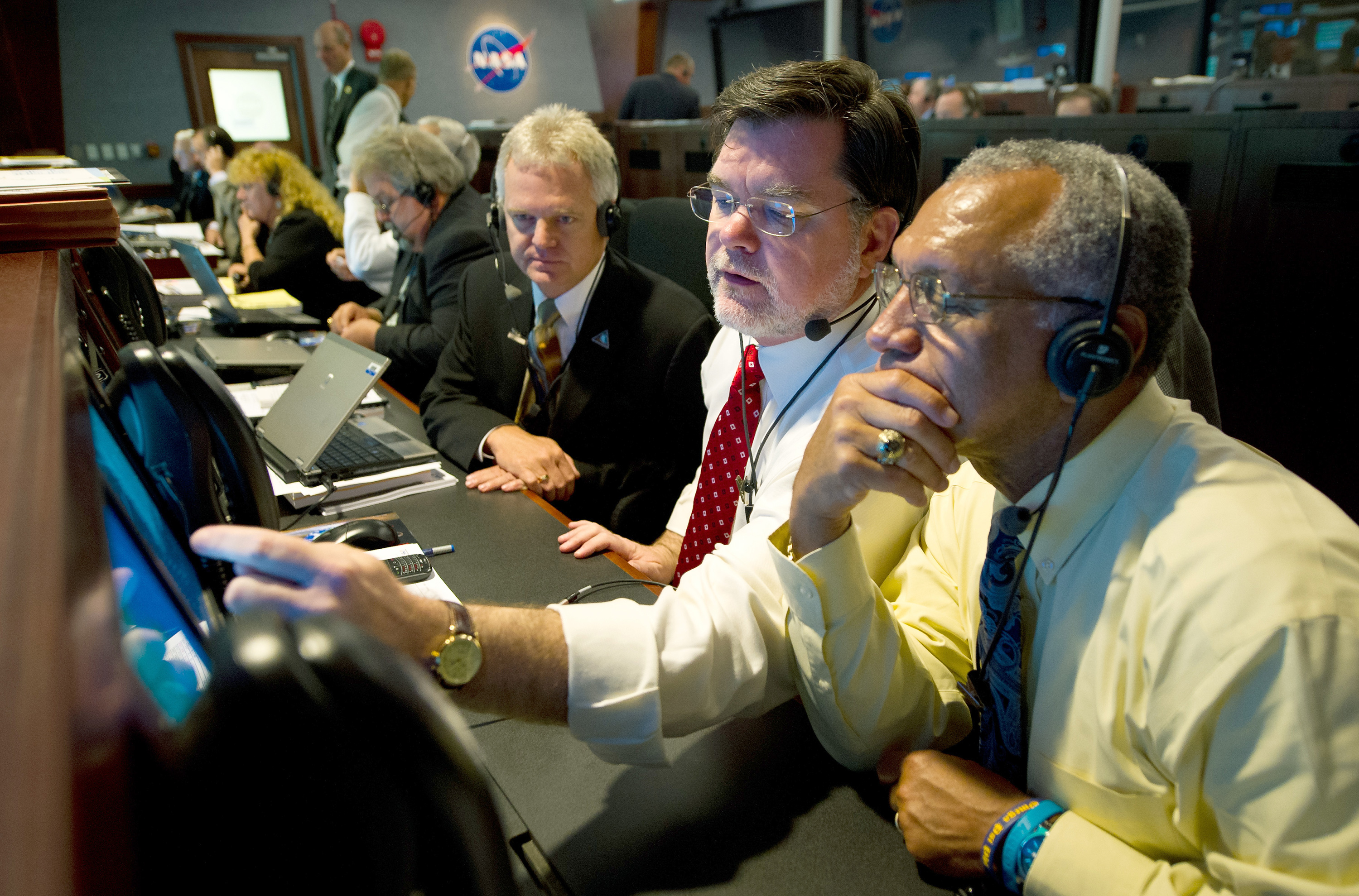
After sitting inside a Mercury capsule during a Family Day at NASA’s Goddard Space Flight Center in the 1960s you would think that W. James (Jim) Adams was destined to seek out a career with the space agency. Turns out that Adams, now NASA’s Deputy Chief Technologist, originally had another career path in mind, one that might not have ever intersected with space exploration. Fortunately, destiny had another path in mind for him. During an exclusive interview with RocketSTEM, we conversed with Adams about his background, his career at NASA and his thoughts on the future of space travel.
RocketSTEM: You were exposed to space at an early age, weren’t you?
Jim ADAMS: “I was born just before Sputnik launched. A couple of times I’ve referred to myself as a Sputnik baby. So yes, the space race and space program have always been a presence in my life. I came up in a household where space was just sort of common.
My father was an aerospace engineer. He started working for Rocketdyne in California, which was where I was born, designing rocket motors. And then we came East to Virginia so Dad could work at a small company on the Saturn V and the Apollo Lunar Excursion Module, the LEM.
In 1967 we moved to the Philadelphia area where he worked in the defense aerospace business. I never really learned much of what he did because a lot of it was classified, weapons and stuff. But from time to time he would work on these really crazy things. Like ocean based farms to grow giant sea kelp for advanced energy production or sometimes some NASA projects.
He came home one day with a pack full of Apollo astronaut food that he wanted my sisters and I to see. He’d been working on better ways to package it. Then one time I remember he brought home some experimental methods of attaching Space Shuttle tiles. This was while the Space Shuttle was being designed, before it ever flew the first time. They were trying to avoid using glues, but the final design ended up going with an adhesive. There were a number of really interesting projects like that. He had a patent on an extendable boom to rescue astronauts in the event their tethers broke. Just a really interesting mix of things.
When I went to college I studied physics at a small liberal arts school in western Pennsylvania. I became interested in satellite communication because of some of the interests that my professor had. He was a ham radio operator and he wanted to design an antenna that could track the OSCAR satellites as they went overhead. So that was one of my projects when I was in college. I came up with a system that would use common television antenna gear to track a satellite.
At the same time, the microchip had just become practical. I wouldn’t say powerful, but useful. This was 1977 or so and I had played with them making the satellite communication controllers plus a few other things. My idea for a career was that these chips were going to be very popular and since National Cash Register, NCR, was just down the road I wanted to work there designing cash registers. That was my goal. My mistake was that NCR was hiring electronics engineers, not physicists.
I ended up going with my second choice, which was aerospace. I was offered a job at General Electric working out of Philadelphia and Valley Forge, Pennsylvania. I spent 10 years working for GE in Pennsylvania, until one day I was working on what was then called ‘Space Station Freedom’ and NASA made me an offer I couldn’t refuse. Within a couple of weeks I was working at NASA Goddard Space Flight Center on the space station in Maryland.”
RS: Since going to work for NASA, you’ve been involved in the development of more than two dozen satellites and other spacecraft?
ADAMS: “I remember when NASA put that factoid together the count was 26. It’s probably gone up now, but that’s right. Many, many communication satellites. Some pieces of the Space Shuttle, the kitchen and the waste collection system. I’ve got some really funny stories about the Space Shuttle toilet. Let’s see. Some military systems. Some international collaborations. I worked on the Upper Atmosphere Research Satellite, if you remember that. It was up there for years and years. Various versions of Landsat, the Wind and Polar satellites, those were space physics missions looking at the sun, as well as GOES weather satellites. The Earth observing system Aura spacecraft was also one of mine. STEREO, the pair of spacecraft we launched to image the Sun’s coronal mass ejections in 3D, I worked on that. I don’t know that I can list them all. And then I got into planetary science, where I was privileged to be a part of Dawn, MESSENGER, Phoenix, Juno, GRAIL, MSL and LADEE.”
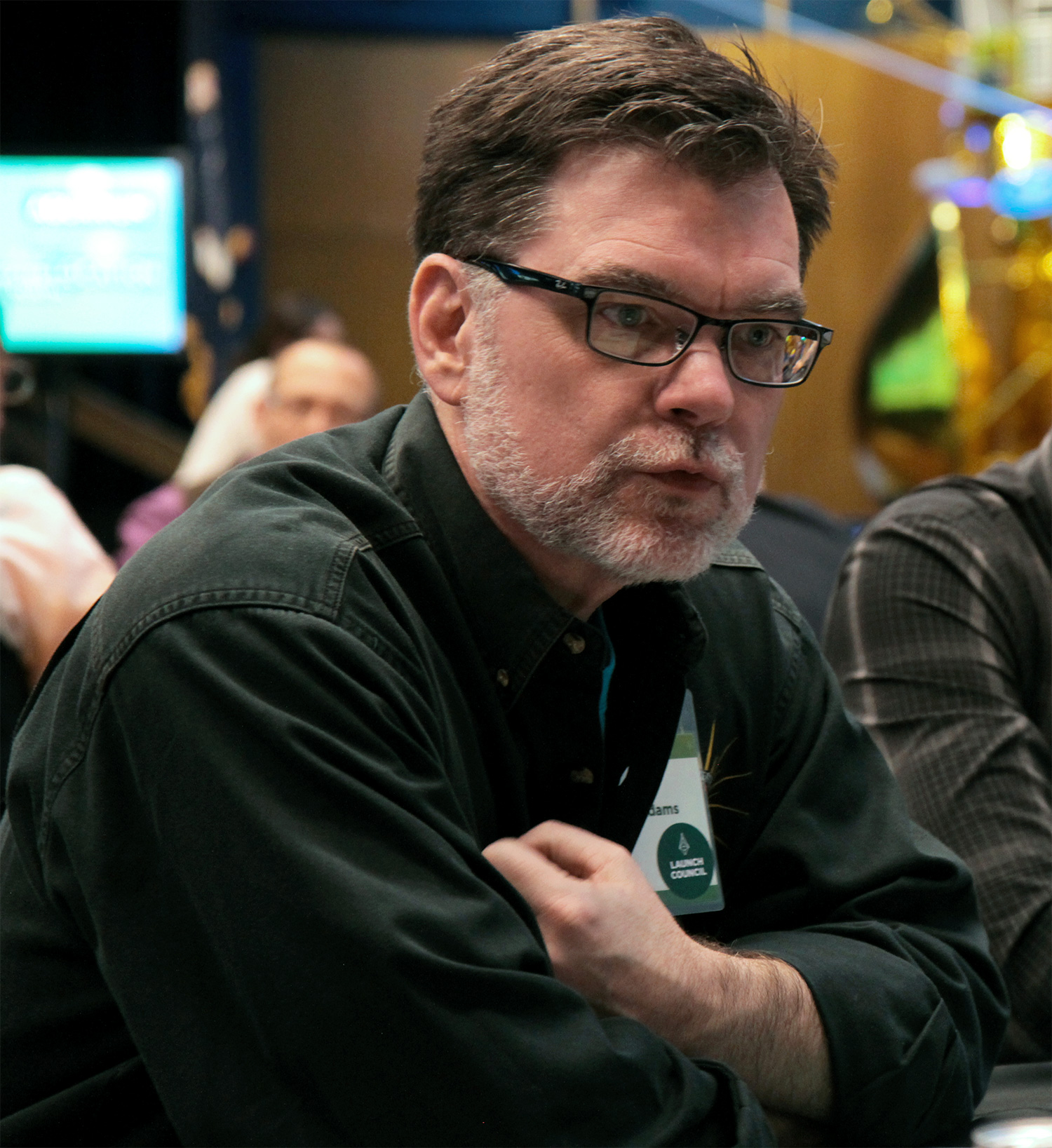
RS: While working for NASA, you’ve also been involved in the development of several different systems to power and to propel a spacecraft around the solar system. What are some of your favorite technologies?
ADAMS: “The Dawn spacecraft uses an ion propulsion that puts out a steady stream of xenon ions which slowly changes the velocity of the spacecraft. It’s an extremely efficient way of executing propulsion if you have the system right. Because it is so mass efficient we were able to actually send one spacecraft to two different destinations in the asteroid belt. Dawn visited Vesta in 2011 and is now on its way to arrive at Ceres in 2016. If we were using conventional propulsion – chemical propulsion – we would not have been able to launch a single satellite to both of those destinations.
Radioisotope power systems, those are the things that have been used since the Voyager days that take the heat generated from the radioactive decay of plutonium 238 and make electricity. Then that electricity is used to run the spacecraft. Voyager uses one and that’s why we are still talking to Voyager today, because it is still chugging away and making power that allows us communicate with the spacecraft.
Two years before I joined the space program NASA launched Voyager 1 and 2. They are a little bit older than my career. An amazing factoid is that just now, after 37 years of traveling to the outer reaches of our solar system, they are reaching what some people call the edge of the solar system. It is the edge of space where the pressure from the gases released from our Sun is roughly equivalent to the tenuous pressure of the inter-stellar wind. But that point is just five percent of the way to the outer reaches of the Sun’s gravity. The Sun’s gravity goes much, much further out. Twenty times further out than Voyager has been is this region that we believe is the Oort Cloud. Those are the leftover pieces of the earliest formation of our solar system and the birthplace of many of the comets we see. We live in a vast place.”
RS: From being involved with developing and utilizing new technology for science missions, it was no surprise that you moved up to the position of Deputy Director of the Planetary Science Division at NASA Headquarters, only to then later be promoted to the position of the Deputy Chief Technologist for all of NASA. What exactly does the Deputy Chief Technologist do?
ADAMS: “What we do in the office of the Chief Technologist for NASA is we look at the goals of the agency. For example, we want to put humans on Mars in 2035. That is one of the things the President has asked for. We want to find all the asteroids that could threaten human populations here on Earth. That’s another thing the President has asked for. We look at our entire bag of tricks, everything from ion propulsion and radioisotope power systems, to advanced communications, sky cranes and rockets and such. We say to ourselves ‘what are we going to need in 2035 in order to make ‘boots on Mars’ happen?’
The job of the Office of the Chief Technologist to make sure that the dollars we invest in technology stay well aligned with the objectives of the agency. That’s a difficult job because we don’t actually control the dollars. What we do is we influence the investment of the dollars. The other mission directorates, like the Human Exploration Mission Directorate, is investing technology dollars in what they believe are the right places so that NASA can accomplish the goal as well. We work with them making sure that the investments we’re making are the most effective so that when General Bolden (NASA Administrator Charles Bolden) is in front of Congress and says ‘Yes, we’re on track to put humans on Mars in 2035,’ that it will become a reality.”
RS: Of course getting to Mars depends on more than technology. It also requires a Congress and President who support the project and give NASA the financial resources through its annual budget that will allow NASA to reach those longterm goals. Something that you and the rest of the employees at NASA understand all too well as part of the process.
ADAMS: “Yeah. That has very little to do with my career. I think it is important for readers, especially of RocketSTEM, to understand that it is a privilege for anybody to work for NASA. And that what we are doing is helping to make history for the United States, and for the world at large. Often that involves some rather heated and certainly public debate. I think the public is entitled to that debate. People have opinions on what we ought to do, and it’s not easy coming to those decisions. I feel pretty strongly that even though sometimes the debate may look ugly, it’s worth having. That’s just a bit of Adams’ philosophy.”
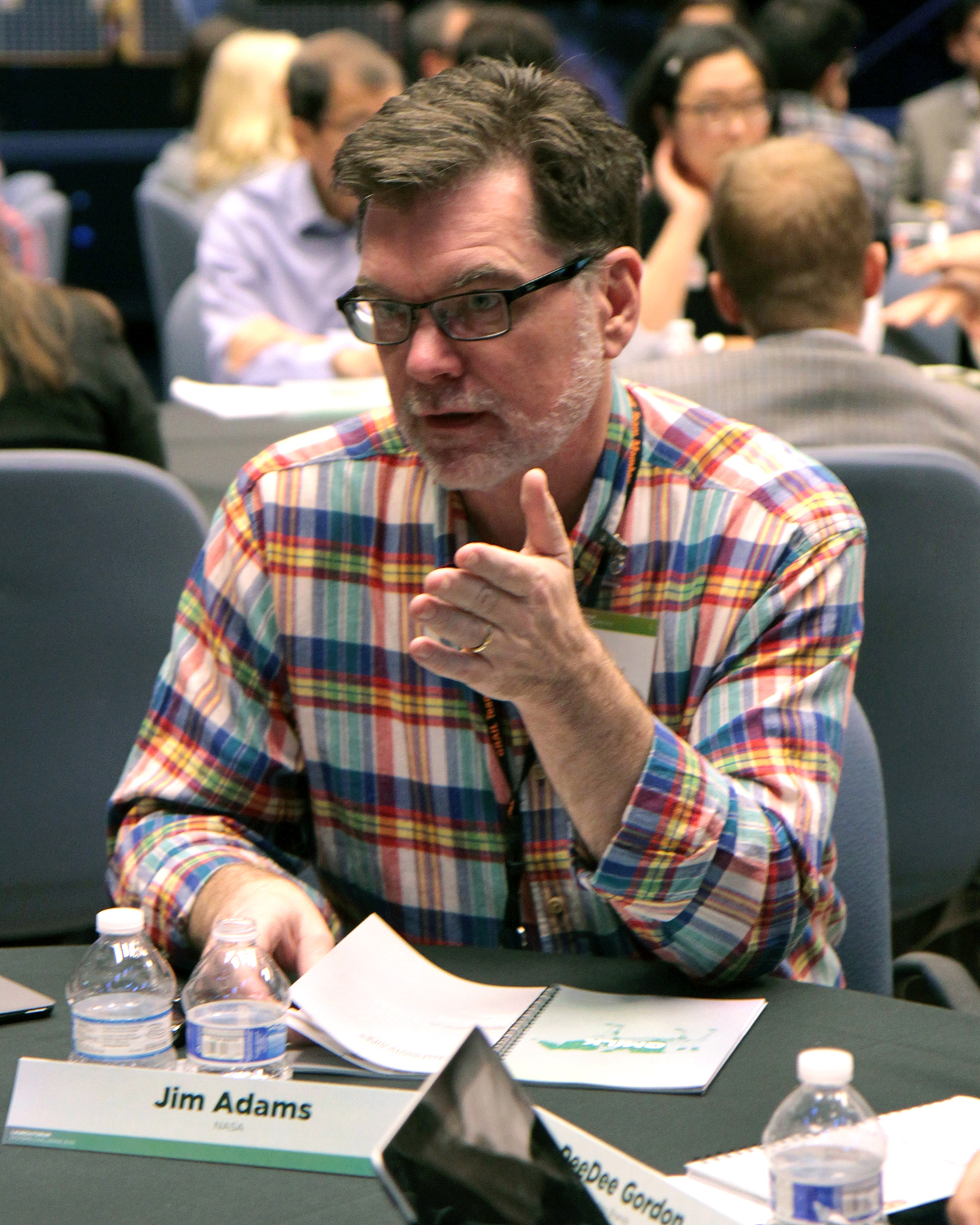
RS: Some people may feel that NASA has two distinct divisions – a manned and an unmanned space program – but from your viewpoint they are a complementary necessity if humans are to reach out and touch the stars one day.
ADAMS: “We did not send humans to the Moon without robotic precursor missions. People tend to forget that we sent the Ranger and Surveyor missions to the Moon first. The first lunar landers were robots. They were crude robots, but they told us about the surface and what we could expect. We could might not have been successful on Apollo if we had not sent robots first.
Today, robots are a lot more capable. You look at what Robonaut can do, or the Curiosity rover, or one of our spacecraft in orbit around Mercury or Mars, or the New Horizons probe on its way to Pluto. Or even the satellites we have orbiting the Earth. Those are all robots today. They are unmanned and much more capable than the early ones that we launched. However, they are still robots. They don’t carry the cognizance and the presence the human being does.
As an example, Spirit and Opportunity are the two rovers that landed using airbags on Mars in January 2004. Spirit lasted seven years even though it was designed for 90 days. And Opportunity is still going. Yet, Steve Sqyures, the principal investigator for those missions, said that everything those rovers accomplished could have been accomplished by humans on the surface of Mars in about a week. And so it’s an important thing to remember that robots are still robots. There is nothing that beats the presence of a human brain in order to make judgments and decisions on the spot in a new environment. That’s the first reason why I think we need to see a blend of robots and humans.
The second reason is I really believe it is humanity’s destiny to move off this planet. We aren’t going to do it without the help of robots. Humanity someday will move toward the stars. We’ve started already, we have a constant presence in space with human beings aboard the International Space Station. I am hopeful that very soon we will have a constant presence of human beings deeper into space. We have to conquer a lot of things in order to be able to do that. Like living in space with the radiation, and being able to move around and communicate back home, and deciding what to do when you are short on resources, and that sort of thing.
But in fact, I believe human beings someday will be living on Mars and looking outward into the solar system wondering how they could put a space station in orbit around Saturn or Jupiter … and ultimately journey to the closest star to explore the worlds that we are now just finding exist around those. I think we need both. Because I don’t believe as humans we will ever be able to accomplish our destiny without the aid of robots. And I don’t believe it is an accomplishment for humanity fully unless we send ourselves.”
RS: With colonizing Mars and eventually journeying to the Stars the ultimate goal, is the need for new propulsion systems greater now than at any point in the last three decades?
ADAMS: “I think that’s right. We need forward thinkers. We need people that can conceive of ideas, run experiments and decide that this is a viable new way of looking at things. We need physicists that are going to challenge the fundamental laws of physics and say ‘well is warp drive possible?’ We need people be thinking about that without getting laughed out of a room. I think it is possible that people could at least begin to contemplate those sorts of ideas. And along the way we’ll learn stuff. We may not ever accomplish warp drive, but along the way we will learn about moving around the solar system.”
RS: With the convenience of modern technology, answers to almost any question are just seconds away via a web search. The need to understand how something works and to be able to fix it yourself is becoming a rarer trait in today’s disposable economy. Encouraging children to learn problem solving skills may be harder now than at any time in the past, but why is it still a necessity to try?
ADAMS: “I think one of the most important lessons for a child today is what happens when the cell phone doesn’t work? What do you do? What is a pay phone? Or if the microwave ceases to function, how do you cook on a stove? You ask these questions and people come to appreciate the technology in their lives. I think there will be a few, not everybody, but a few that will want to know how that works.
I believe most human beings are curious and it is just a matter of catching the kids at the right age and ask wouldn’t you like to know how your Nintendo DS actually functions? It’s fun playing the game but how about if you wanted to be part of the team that designs the next game system? I think that challenges people. How would you get by if you didn’t have the technology? And what do you think you need to know if you want to help make the next one? Those I think are valuable questions for kids.”
RS: Curiosity is just the first step to pursuing a career in space exploration, whether it be from terra firma or from the zero-G environment of space itself. What is your advice for those dreaming of going into space themselves?
ADAMS: “Two things. In the short term if you want to be an astronaut for NASA, make sure you study math, science and engineering. It is incredibly important. It develops the discipline of thinking that is extremely helpful for people who want to be astronauts. Which by the way I should go on record as saying I am not an astronaut, but I know a lot of them.
Second is as humanity moves further out into space, beyond just astronauts, but the general populace as people begin to go to hotels orbiting the Earth on vacation, all kinds of people from diverse backgrounds are going to be needed. Everything from operations specialists, to construction engineers who operate things in space and construct things in space, to hotel stewards, and police officers, and cooks and cleaners. Everything that you can image that is in society today will be contained in a microcosm if you have even a low Earth orbiting hotel for tourists. What I really see happening is the tools necessary to go to space will be enabled by the opening of the commercial space industry, especially space tourism.”
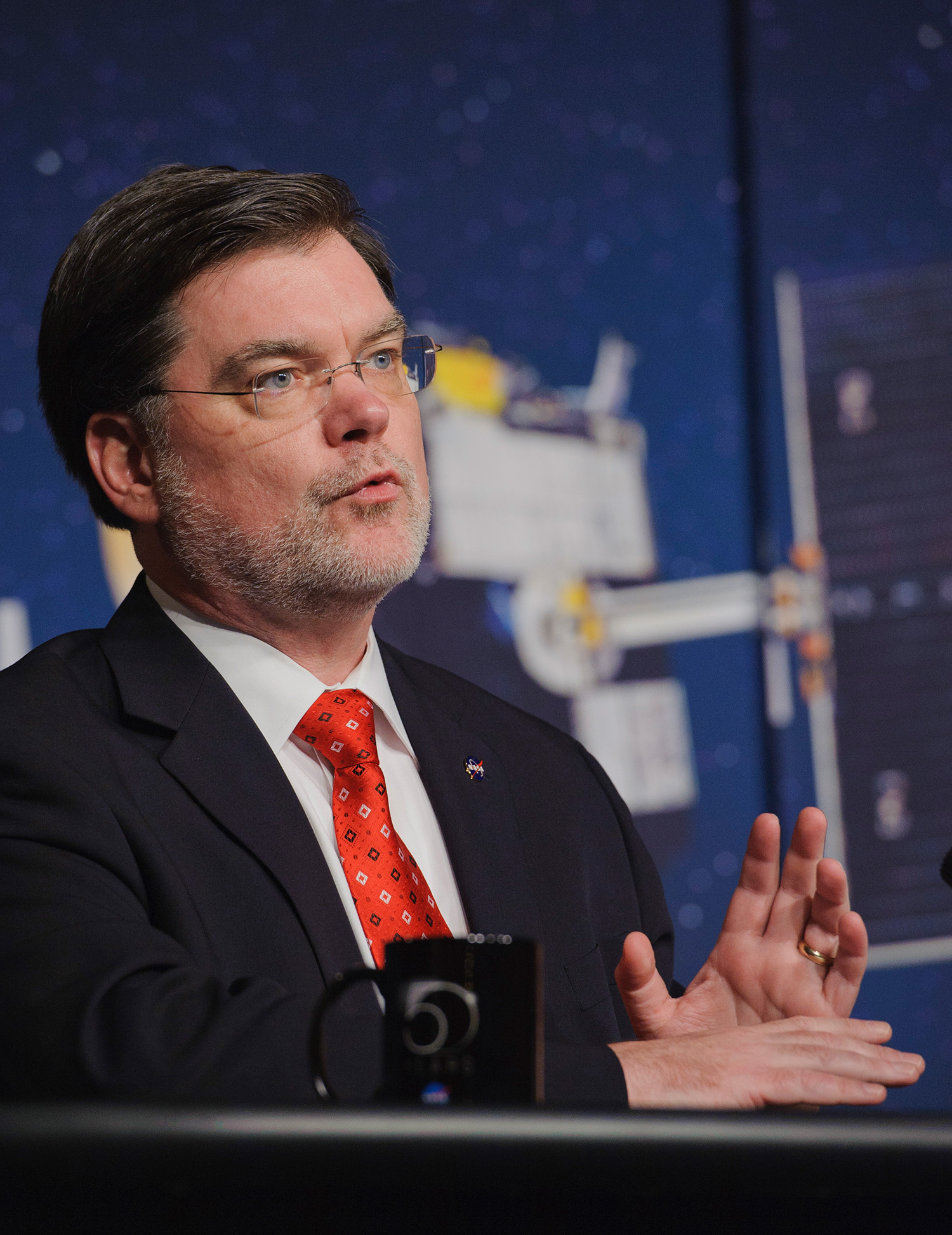
RS: When it comes to memorable moments, you don’t really seem to need time to reflect and rank moments do you? What are the most exciting parts of every space mission?
ADAMS: “Anytime I see something take off. Any launch. Even if its not mine.
The launch of the STEREO mission in 2006 was extremely poignant for me, because of just how hard everyone had worked to get those two satellites to Kennedy Space Center, then on the Delta to launch, and just how outrageously successful they were. It is the effort and the energy and the intention of people, a team, that goes into those machines that ride on top of the rocket. At the launch you remember everybody and everything that brought you to the moment of overcoming Earth’s gravity. As soon as the flames start at the bottom of the rocket, you realize there is not anything you can do anymore. It’s like watching your child go off to college. It is on the ride, alone. You hope you raised it well and along the way you might get to help it make a course correction. The launch just brings everything you’ve done to a head.
Then getting the data back. Once the mission unfurls its solar array, gets to its destination, and we actually start to see the data from the mission accomplishing what it was supposed to do in the first place, whether it is looking for water on Mars, or mapping Mercury, or surveying the vegetation canopy on the Earth. That’s a moment where you begin to understand that all that effort you put into it became not only a moment in history when you launched it, but now that the data is coming back you are adding to the body of human knowledge about the world that we live in. We begin to be able to understand where we came from as a race, or where we are going as a society, or maybe even whether or not we are alone in the universe.”
RS: During the past five decades, technologies developed by NASA have led to many advances here on Earth, including some that we now take for granted in our everyday life such as cell phones and fire-resistant clothing. Informing the general public of these ‘spinoff’ technologies isn’t always the easiest thing, but one that NASA tries to do anyway.
ADAMS: “There is a book we put out each year called Spinoffs. The 2013 book just came out. It is an amazing book of NASA in your life. Things that NASA has invested in for missions that have direct application right here on Earth. The innovation that NASA brings to bear on accomplishing these extremely hard missions – landing a ton of robot on the surface of Mars safely, or getting to be able to sense the ozone layer and watch it open and close, or keep human beings in space for six months at a time – those are extremely hard problems that require a great deal of fresh thought and innovation. When we think that way there’s always stuff that applies to our lives here terrestrially on Earth. That innovation primes an economic pump that creates businesses and sub economies here on Earth that pay dividends many, many times over.
Investment in space creates an economy here on Earth of innovation that allows us to have things like cell phones, lasers, lightweight blankets, advanced materials, and a variety of robotics. The list just goes on and on. I believe that NASA is crucial to the advancement of technology right here on Earth, even though we’re working on things in space.
You can get a summary of these innovations via an app in the iTunes store for your iPad and iPhone called NASA Spinoffs. You can download it and read the NASA spinoffs for yourself.
I’d also pose a thought question for people. Think about what it would be like if there was no NASA. If there was no NASA where would that spirit of innovation come from? How would we begin to think about ourselves as a nation, earthbound, constantly looking at the stars and wondering what’s out there? I think the investment that the United States public sacrifices to make in NASA is worth every dime of it. And we need to spend it wisely answering those fundamental questions: Where did we come from? Where are we going? And are we alone?

